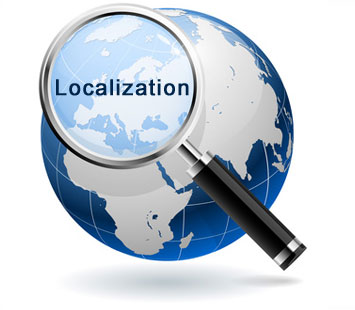Localization differs from translation as it involves far more than simply converting words from one language to another. Localization involves completely adapting text, graphics, web content, or software to match another culture or nation. Visually, localized products are often very different than their original source versions. Because of this visual component, it is extremely important to put localized projects through a thorough testing phase.
The localization process contains many of the same phases that a translation project does, including translation, editing, and quality control. The text must be converted to the target language and thoroughly reviewed for accuracy by another linguist. In a standard Microsoft Word document translation, this editing phase will likely account for and correct a majority of errors in the document. The text will be clean and accurate, and since the final deliverable will be in Microsoft Word, little else must be done to ensure a perfect document. In localization, however, the additional implementation phase means testing must occur.
In implementation, the translated and edited text is placed into the final product, whether a website or software. These types of products do not have a standard format, and therefore text must be inserted appropriately to graphically match the desired look and feel. In this step, text that was previously accurate can now be filled with a great deal of errors, particularly in formatting. Text that was once on the same line may now be split into two or three separate lines. Images that were previously aligned properly on a website may now be askew as the length of text of the target language differs from that of the source. These are just a few examples of the many issues that can be introduced. Since it is known that countless errors can be introduced during implementation, testing is vital. A tester must review the final product to ensure that the newly localized product contains no new errors and that the website/software works as desired in the newly implemented target language.
For more DLS, check out other blogs and visit us on Facebook, LinkedIn, Instagram, or Twitter!




